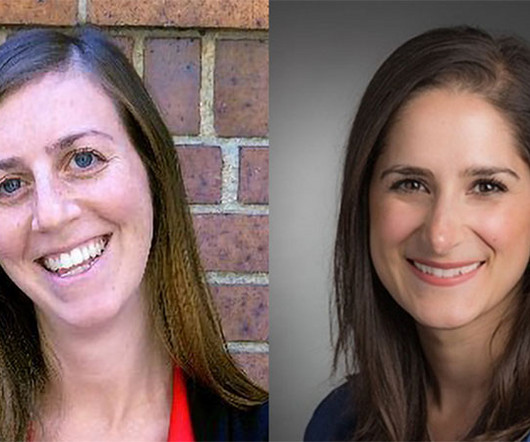Risk Factors for Coercion in Open Psychiatric Inpatient Wards
Physician's Weekly
JUNE 14, 2025
Incidence rate ratios (IRR) were estimated by multivariable Poisson regression models to identify patient- and hospital stay-related risk factors associated with coercion. The results showed that out of 1,764 patients, 293 (16.6%) experienced at least 1 coercive measure, primarily seclusion.












Let's personalize your content